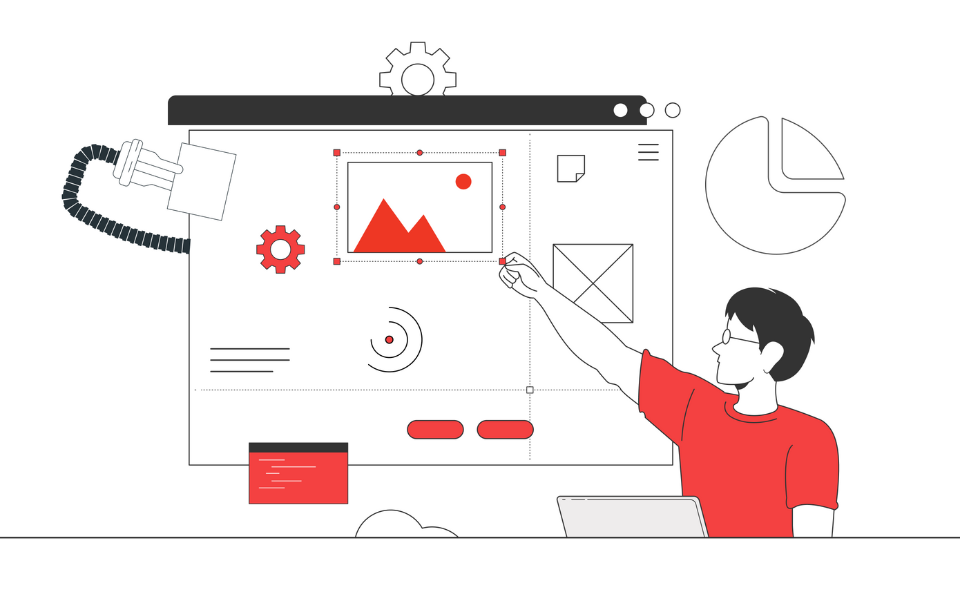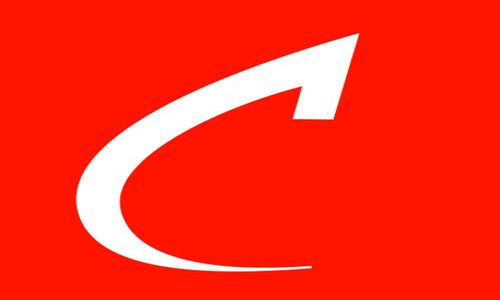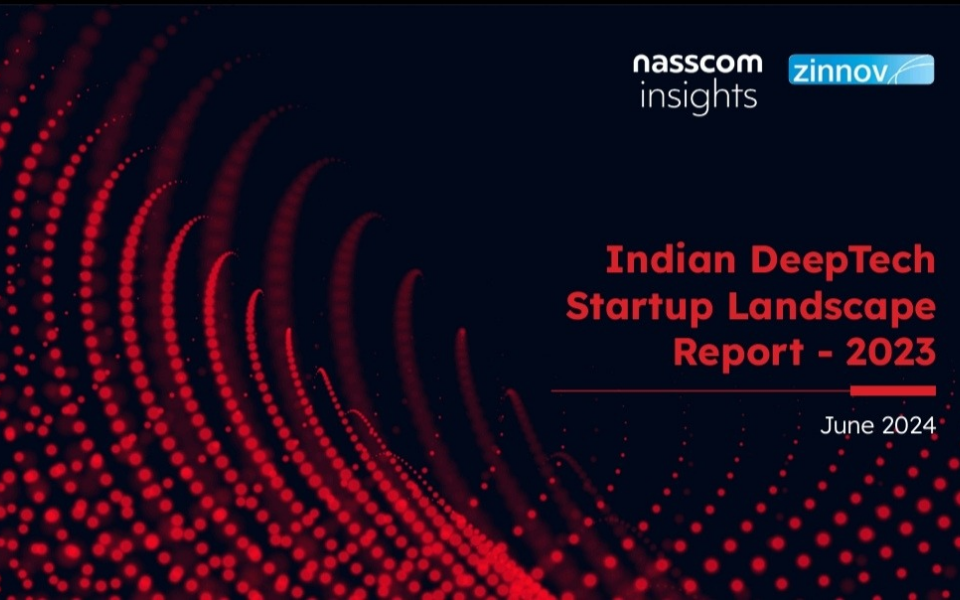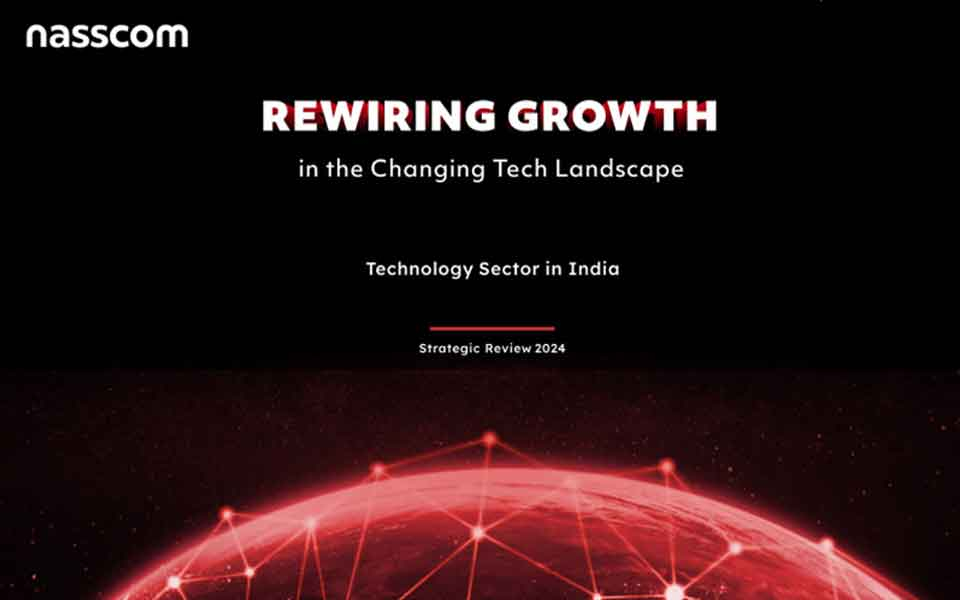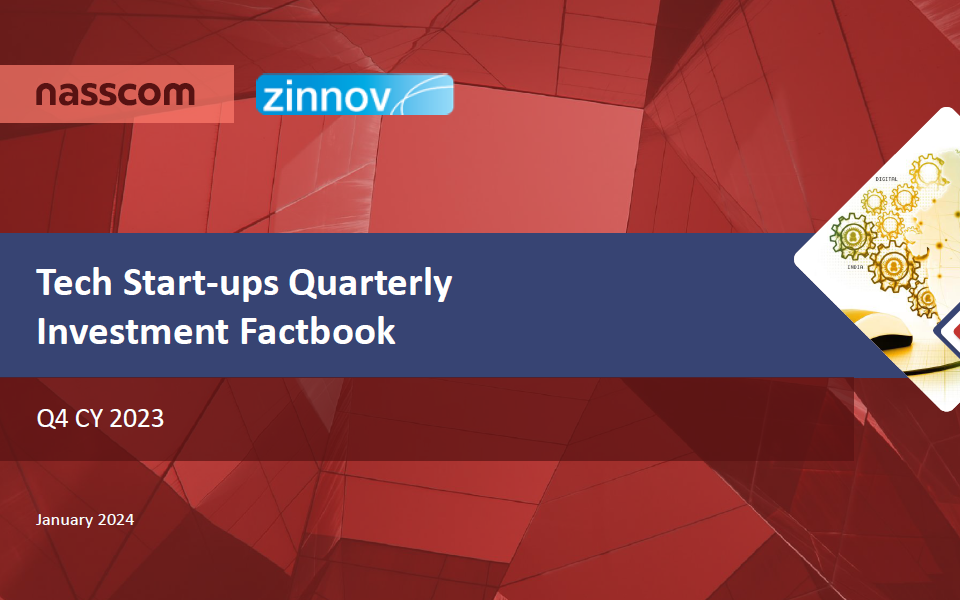Technology is becoming a vital part of healthcare delivery in India, with IT spend in the sector growing year-on-year. The healthcare market is clearly demand-led and this is good news for tech companies catering to the space. From Hospital Information Management Systems (HIMS) and Lab Information Management Solutions (LIMS) to Telemedicine, Patient Portals, Apps and platforms that leverage cloud technologies, the healthcare space is seeing a buzz of activity. As Nischal Khorana of Frost & Sullivan points out, This is a very diverse segment with very varied tech needs – and plenty of companies are stepping up to cater to those needs
IT spend demonstrates a ‘healthy’ appetite
A Gartner report published in October 2013 predicted that healthcare providers in India would spend USD 1 billion on IT products and services in 2013, up seven per cent from 2012. IT services comprising consulting, implementation, IT and business process outsourcing would see the largest spending at USD $276 million, an increase of almost 20 million from 2012, the report said. Due to the overall growth in the segment, internal services (IT staff salaries and benefits) were expected to have the strongest showing, growing at 14.5 %, with IT software coming in second with 11% growth.
While a significant part of the spend is coming from private healthcare providers, the government sector is also expected to increase its healthcare IT spend as government hospitals modernize. For a developing country like India, affordable healthcare on a universal basis is paramount, points out Maninder Singh Grewal, Chairman and MD, HealthFore Technologies. The government will be the biggest player in making healthcare availability universal and IT is expected to play a key role in this roll-out.
Manish Bahl of Forrester Research points out that government spending has been on the rise, with a 25-30 percent increase in the last financial year. And with the upcoming announcement of the government’s G-CLOUD initiative, there will be a move to digitization, which will give healthcare a push, he says. Healthcare has been highlighted as a priority in India’s 12th Five Year Plan (2012-2017) and Bahl is certain that any new government will follow the Five Year plan and the National Rural Health Mission focusing on healthcare in rural areas. A robust policy for healthcare spending will drive investments in hardware and software.
Different sizes have diverse wants
Different segments of healthcare providers are investing in different IT systems. Tier 1 hospitals are making large investments towards adoption of BI, Analytics and Mobility, since they already have basic ERP/Hospital Management Systems in place. Some of the large players, like Apollo, Fortis, Manipal and Columbia Asia, have also moved to Cloud based systems.
Interestingly, Tier 2 and tier 3 hospitals, that are currently largely following manual processes, are also showing willingness to adopt cloud based applications to cater to their core needs. A cloud-based strategy will help T2 and T3 service providers accelerate automation without large infrastructure spends. Khorana also forecasts that smaller healthcare facilities that are dependent on tech providers will look for partners who can provide greater managed services and SLA driven solutions. This opens up more business possibilities for tech providers.
A segment that is also seeing some traction is diagnostics. Diagnostic labs are increasingly investing in LIMS. Those with a system in place are looking to the next level, to create portals that allow them to engage with customers.
Some services exist solely due to technology. Store and forward telemedical assistance, in the form of transcription services, has been a part of the outsourcing work India has been involved in since the 1990s. Today, telemedicine has users across the board, from cities to villages.
Addressing the lack of uniformly good hospitals across the country, eVaidya (formerly Ehealth Access) takes Telemedicine to a different level, providing customers online and telephone channels to interact with doctors, irrespective of their location, so people in remote locations have access to healthcare professionals. The company also launched Virtual Medical Kiosk, a portable plug and play, interactive health monitoring device that allows people in rural areas access to consultations with doctors via phone, web cams, video conferencing, messaging, or chat.
Analytics to build a better health equation
Tech providers like HealthFore believe that analytics adoption is the next big wave for large hospitals that are already equipped with basic management systems. Grewal believes that analytics can play a key role in healthcare optimization – for example, from a slew of tests done, one can pin-point the ones that were actually needed to treat an illness Analytics will be a key component of a Hospital Information system he points out.
For hospitals, analytics could also help develop effective preventive healthcare programmes. Databases of patient medical history could be mined to anticipate and suggest tests to monitor key health indices. Treatment records could also be used to determine procedures and medicines that actually delivered. Disease patterns could also be better tracked and outbreaks spotted early, Grewal says. These will become essential tools for determining clinical outcomes and sector spend for any health system, public or private.
According to Bahl, niche areas like Analytics and Mobility will see further investment, with Mobility being the only way to reach out to the masses.
Putting the patient first
Moving on to B2C healthcare IT plays, a slew of start-ups have lined up service offerings that help patients get more out of the healthcare ecosystem.
Take the case of EkoHealth, a start-up founded on the principle of affordable healthcare. Says Dr. Akash S. Rajpal, founder: It’s not just that healthcare is expensive but half the time, it is expensive because of the middleman, a fact that the general public is generally unaware of. Bridging the knowledge gap through technology, EkoHealth’s web and mobile apps provide patients with factual information on the cost of surgical procedures and medicines. The service’s users save significantly on medication by getting information on different brands with the same composition, says Rajpal.
Another start-up Surgerica has created an online platform that connects patients with many doctors and hospitals, allowing them to make comparisons and weigh their options before making a choice of doctor/hospital.
Going the app route
The high penetration level of smartphones has spurred the creation of healthcare apps customised for the Indian user. One such is HealthKartPlus by HealthKart, an online pharmacy network and drug database. With more than 100,000 downloads, it is the most popular free healthcare app, ranked number one on Android and IOS.
Apps like HealthifyMe help users track diet and exercise. Available in 13 languages, the app has 10,000 Indian foods in the database. Another example is the Proven Alternative Remedies App, which has a collection of over 200 Ayurvedic, Homeopathic and Herbal remedies, while the Ayurved Home Remedies provides a similar service in Hindi, catering to a non-English speaking audience.
Being social about health
From clicking to sharing, is but one small step. If smartphones are driving app usage, they are also catalysing creation of applications that leverage social media and communities. Take the case of start-up Social Blood which leverages the power of Facebook to connect potential donors with those who need immediate blood donation, via geographical location tracking, so those closest can be of assistance. Sanjivani – Ayurvedic Remedies, an app from Vue Solution, gives users a platform to share cures that worked for them via SMS, email, Twitter and Facebook. ‘Neuros’, a platform developed in India, is a social network app for medical students, doctors and other healthcare professionals to interact and share knowledge.
The health care IT market is clearly in growth mode, going by the increasing diversity of solutions, service providers and strategies. As automation and maintenance of electronic health records become more ubiquitous, this trend is bound to accelerate. Clearly this is one sector that appears to be in the very pink of health!





















